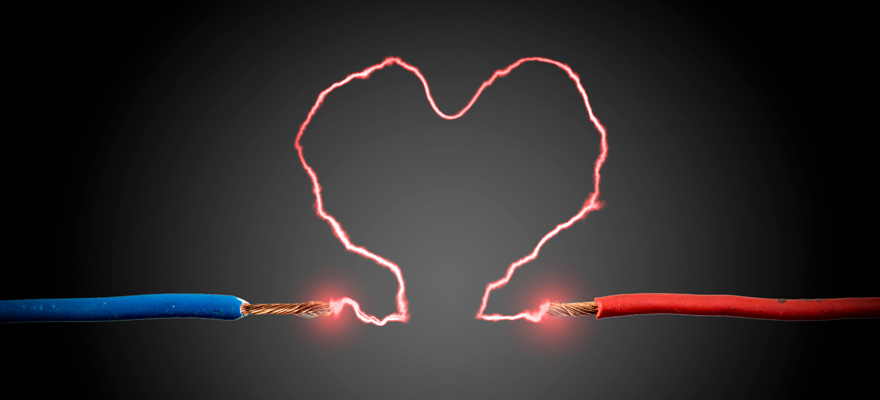The Hardest Working Muscle
The Hardest Working Muscle
Did you know:
- A healthy heart pumps 2,000 gallons of blood through 60,000 miles of blood vessels daily
- The heart outputs enough energy each day to drive a truck 20 miles
- The heart consistently outputs 1-5 watts of power over a lifetime while the quadriceps can produce 100 watts for only a few minutes
Even when you’re fast asleep, it’s hard at work. Thanks to the electricity-generating group of five muscle cells in the walls of the heart, this powerful pumping machine functions all on its own.
Let’s take a closer look at what makes the heart contract all on its own.
The cardiac conduction system is comprised of five types of cells that carry the heart’s electrical signals:
- The sinoatrial node: causes the heart to beat
- The atrioventricular node: connects electricity between the heart’s upper and lower chambers
- The atrioventricular bundle: conducts electrical impulses to sustain heartbeat
- Bundle branches: connects atrioventricular bundle to lower ventricles
- Purkinje fibers: conducts impulses through the heart
The electrical signals created by these muscle cells are conducted through connected cell pathways. The cells activate one after the other along these pathways, similar to have “the wave” moves around a sports arena.
Together, these rapid cell connections made the heart contract. In a healthy heart, this process unfolds smoothly and effortlessly. And then the heart does this again, and again, and again—between 60-70 times per minute or between 2.5 and 3 billion times per human life.
Because the heart can never completely relax, it makes sense that it’s the hardest working muscle in the body. For this reason, we need to be focused on keeping the heart muscle in pristine shape before working on bulking up any other muscles.
Sources:
health.howstuffworks.com, www.nhlbi.nih.gov, www.emedicinehealth.com, www.factretriever.com



Comments
The Hardest Working Muscle — No Comments
HTML tags allowed in your comment: <a href="" title=""> <abbr title=""> <acronym title=""> <b> <blockquote cite=""> <cite> <code> <del datetime=""> <em> <i> <q cite=""> <s> <strike> <strong>